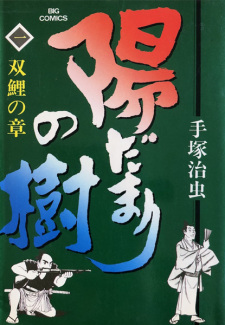Feb 8, 2023
If you want a serious, scholarly review of this manga I would suggest Ryan Holmberg's essay on the subject that comes after Ten-cent versions of this manga. It does a great job of really explaining the historical root of this work, and how it bridges the gap between West-East. I would also contend that the most important element of a work like that, baring it's pioneering "story-manga" style, would be the fact it shows Tezuka wasn't just influenced by the well known "disney" works, but very influenced by the overall western comics movement.
Besides the pure historical value of this work, the story is well
...
told and flows between pages nicely. While it lacks the development of later manga paneling, and dynamic(pro) framework, you often catch glimpses of Tezuka's brilliance. Anyone who enjoys Tezuka's longer form works should enjoy a quick read like this, but understand it leans more on some of his gag elements as the entire "Garo" movement had yet to bleed over into Tezuka's style. However, this work is arguably one of the earliest examples of how manga was simply an attempt at telling more serious stories and Tezuka himself was from the start aiming for Garo-like manga.
Reviewer’s Rating: 6
What did you think of this review?
Nice
 0
0
Love it
 0
0
Funny
 0
0
Confusing
 0
0
Well-written
 0
0
Creative
 0
0Show all




.png)




















